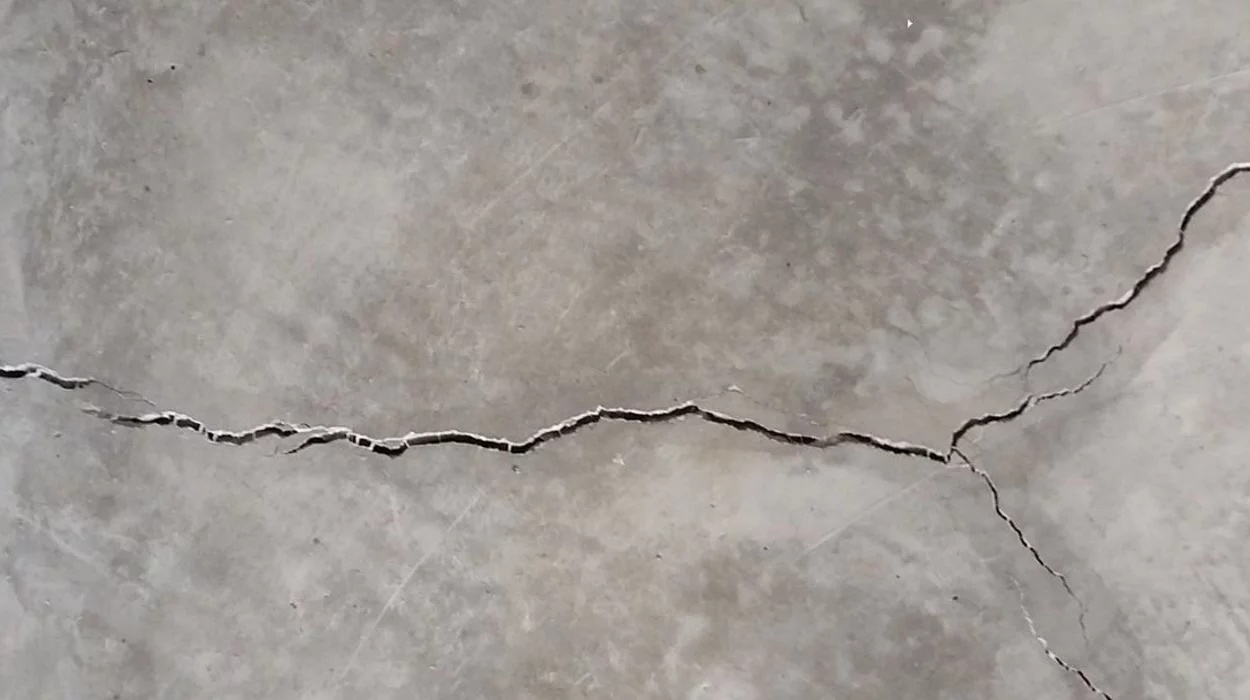 A finished basement is not only a valuable extension of your living space but also a significant investment in your home. However, ensuring that your finished basement remains dry and protected from water damage requires careful consideration and implementation of proper waterproofing techniques. In this article, we will explore specific considerations and techniques for basement waterproofing in finished spaces, allowing you to safeguard your valuable renovations and create a comfortable living area that stands the test of time.
A finished basement is not only a valuable extension of your living space but also a significant investment in your home. However, ensuring that your finished basement remains dry and protected from water damage requires careful consideration and implementation of proper waterproofing techniques. In this article, we will explore specific considerations and techniques for basement waterproofing in finished spaces, allowing you to safeguard your valuable renovations and create a comfortable living area that stands the test of time.
Understanding the Risks:
Finished basements are particularly susceptible to water damage due to their increased use and the presence of valuable furniture, electronics, and personal belongings. When moisture infiltrates a finished basement, it can lead to mold growth, structural damage, and costly repairs. Therefore, taking proactive steps to prevent water intrusion is crucial.
Considerations for Finished Basement Waterproofing:
Assess Existing Waterproofing: Determine if there is an existing waterproofing system in place and evaluate its effectiveness. Address any issues or deficiencies before proceeding with finishing the space.
Exterior Grading and Drainage: Ensure that the soil surrounding your home is properly graded away from the foundation. This helps direct rainwater and surface runoff away from your basement walls.
Proper Insulation: Use high-quality insulation materials specifically designed for basements. This helps regulate temperature, prevent condensation, and minimize the risk of moisture-related issues.
Vapor Barrier Installation: Install a vapor barrier on the interior walls to block moisture transmission from the surrounding soil. This barrier helps create a dry and comfortable environment in your finished basement.
Effective Drainage Systems: Consider installing a reliable interior drainage system, such as a French drain or a perimeter drain, to collect and redirect any water that may enter the basement. This prevents water accumulation and reduces the risk of damage.
Sump Pump Installation: Install a sump pump with a battery backup system. This device automatically removes any water that collects in the sump pit, providing an extra layer of protection in case of flooding or power outages.
Waterproofing Coatings and Sealants: Apply waterproof coatings or sealants to the interior basement walls and floors. These products create a protective barrier against moisture intrusion, enhancing the longevity of your finished space.
Choosing Professional Assistance:While some aspects of basement waterproofing can be accomplished as DIY projects, it’s crucial to consult with professionals for a comprehensive assessment and expert guidance. Experienced basement waterproofing contractors can evaluate your unique situation, recommend appropriate solutions, and ensure proper installation to minimize the risk of future water damage.
Maintenance and Regular Inspections:
Even after implementing a waterproofing system, it’s essential to perform routine maintenance and inspections to ensure its continued effectiveness. Regularly check for signs of moisture, monitor the operation of drainage systems and sump pumps, and address any issues promptly to prevent further damage.
A finished basement represents an investment of time, money, and effort. Protecting this valuable space from water damage is crucial to maintain its functionality, aesthetics, and overall value. By considering specific waterproofing techniques and working with professionals, you can create a finished basement that remains dry, comfortable, and a valuable asset to your home for years to come.
Remember, each basement is unique, and it’s important to tailor your waterproofing approach to your specific circumstances. With the right considerations and implementation, you can enjoy a beautiful, finished basement that is well-protected against water damage.



